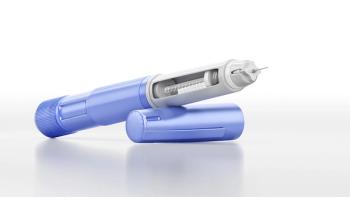
Open-Access Technology Seeks to Make Drug Discovery Easier
A new website collects and rates information about life-science supplies from academic journals to simplify researcher purchasing decisions.
Scientists in the fields of drug discovery and development have probably wished for an easy mechanism-or a way to “just Google it”-when it came to overcoming experimentation hurdles. Now, these experts in life science may have an ideal platform to tap into the successes and failures of past research decisions thanks to a new technology platform called Bioz.
Labeled the “world’s first search engine for life science experimentation,” Bioz is a cloud software program that uses natural language processing and machine learning to draw from 26 million life-science articles across 5000 academic journals. According to a Bioz press representative, Bioz includes full text from more than 3700 academic journals within the Bioz platform, “with all usage rights in place.” The platform is free to use and has no eligibility requirements.
Founded in 2013 by Stanford research scientist Karin Lachmi, PhD, and Bioz CEO Daniel Levitt, the venture is backed by Esther Dyson, who also sits on the board for 23andMe and was an early investor in companies such as Medscape and Flickr. Dyson is also an investor for PatientsLikeMe, a condition-centric help site that encourages data-sharing partnerships between patients and drug industry partners. Bioz is also supported by 5AM Ventures and Astia Angels. According to the company, more than 30,000 users from more than 1000 universities and biopharmaceutical laboratories already use
Bioz is important because it does not use paywalls, unlike many of the scientific journals that researchers would find useful in their drug discovery endeavors. As recently described in an article on
The technology may be especially useful for the selection of reagents, assays, cell lines, consumables, and instruments, says Bioz CSO Lachmi. It could help save some of the trial and error that accompanies product selection and could save some of the $80 billion a year that researchers pour into purchasing decisions for products to run their experiments. Specifically, the “materials and methods” portions of many academic studies-which is usually gated information-could help drive the purchasing decisions of other researchers and lead them to use these study sections to troubleshoot future experiments.
Products identified and labeled as “Bioz Stars” through a proprietary algorithm give researchers an idea of what products were mentioned most in peer-reviewed papers. The rating-which seems reminiscent of how a journal’s impact factor (IF) is calculated-would be assigned based on qualitative and quantitative parameters, says Bioz, and would remain “unbiased and objective.” According to the Bioz
Unfortunately, however, the use of the impact factor as a measurement tool has
Source: Bioz
Newsletter
Stay at the forefront of biopharmaceutical innovation—subscribe to BioPharm International for expert insights on drug development, manufacturing, compliance, and more.




